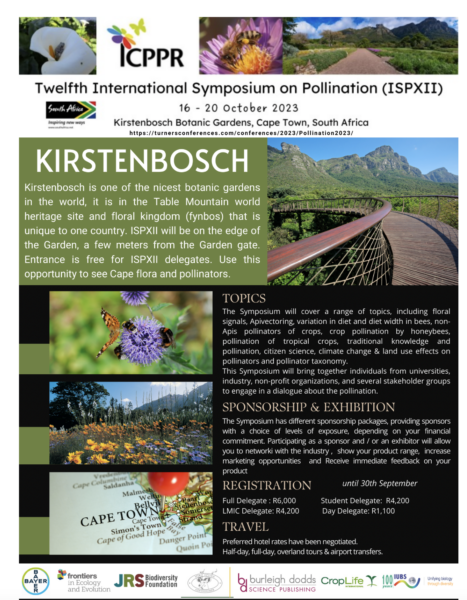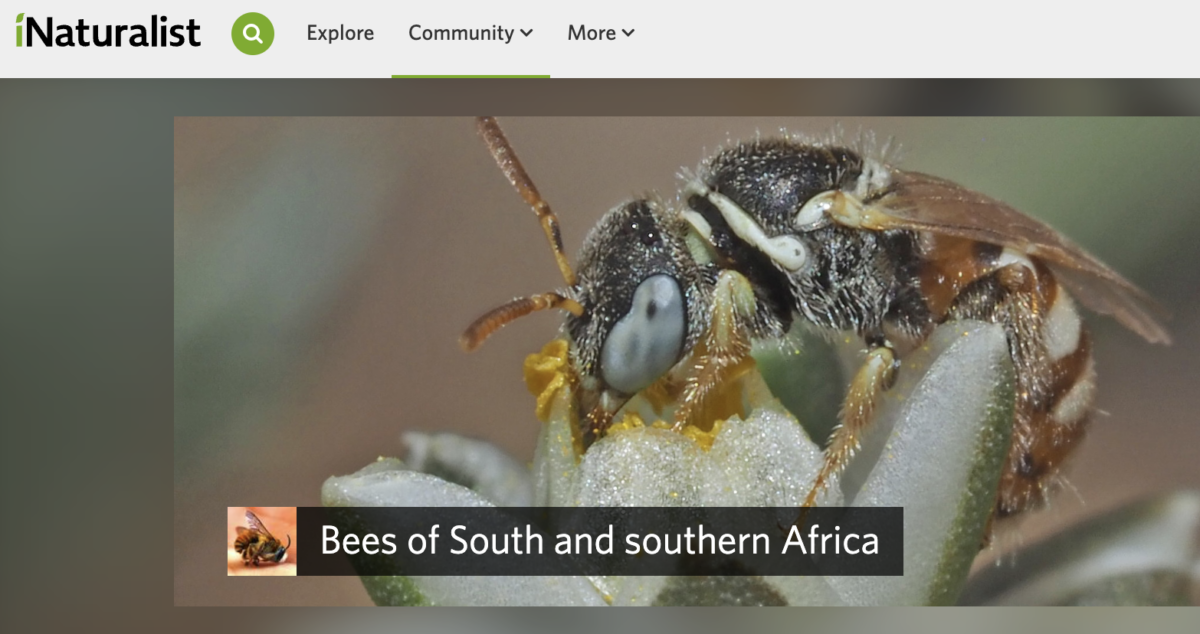JRS grantee North-West University provided the following update for their grant Building Bee Taxonomic Capacity Among Citizen Scientists in South Africa
Bees are delightful little animals. Despite being small and lots of different species many are fairly easy to identify. This is because we can get close up when they visit flowers and get several chances to see them when they return to the same patch of flowers over and over again. To identify species, observers need to notice unique combinations of distinctive features. Bees can be seen easily in gardens, parks, road sides etc. and it is not necessary to take a long trip just to watch bees, or even to be alone or silent. You can enjoy them on outings with friends and family. In 2023, JRS and North West University, South Africa, launched a citizen scientist project to publish guides to the bees of South Africa and provide courses to help citizen scientists to know what features to look at.
We do not know the conservation status of most species of bees in South Africa. This project will give citizens an opportunity to contribute to understanding bees better and make a positive contribution to their conservation. With citizens being active scientists, people are encouraged to take pictures of bees and post them on iNaturalist (https://www.inaturalist.org/projects/bees-of-south-and-southern-africa). This resource will contribute to documenting their features, distribution changes and the plants they visit.
Overall, the initial target of this project is awareness. Many people in South Africa believe that the only bee is the honeybee. Awareness implies getting to know the wide variety of different species in South Africa. And we cannot conserve our bees unless we know what we have to start with.
The guides will have microscope photographs showing exquisite detail of bee morphology. Suitable pictures of all local bee species are not available. The example below has two distinct species that at first sight look very similar. They differ only in the colour under the wings. It is black in the Double-banded Large Carpenterbees, and white in the Bighead Large Carpenterbees.
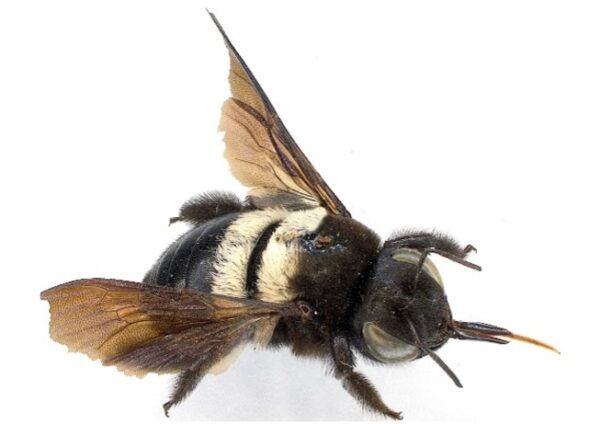
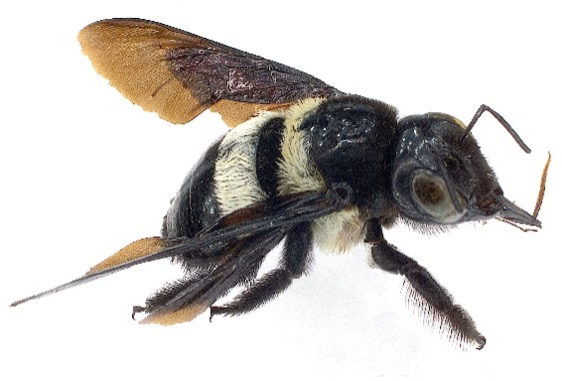
These features are visible in camera shots snapped in the field and quite easy to identify when you know what angle to focus a picture from. Identification is possible with just one picture. The guide will help in showing which angles are best to photograph them.
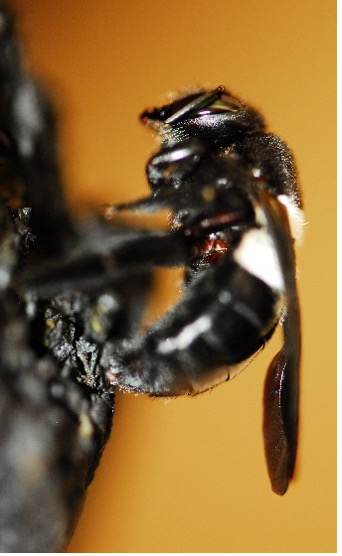
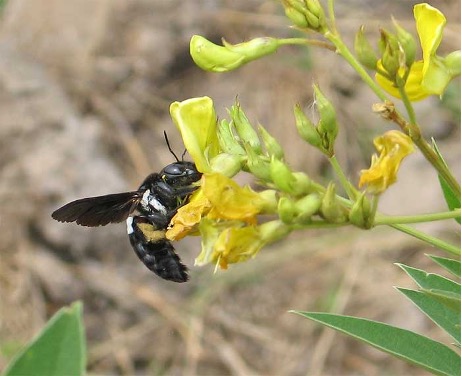
If you are interested in the bee identification training offered through this project, Project Director Connal Eardley welcomes you to join the WhatsApp Group for course notifications: https://chat.whatsapp.com/GlY0UX7zI5TFbdIIjIwMil
Find information for the Twelfth International Symposium on Pollination to be held Oct 16-20, 2023 in Kirstenbosch Botanic Gardens, Cape Town, South Africa : International Symposium on Pollination 2023
